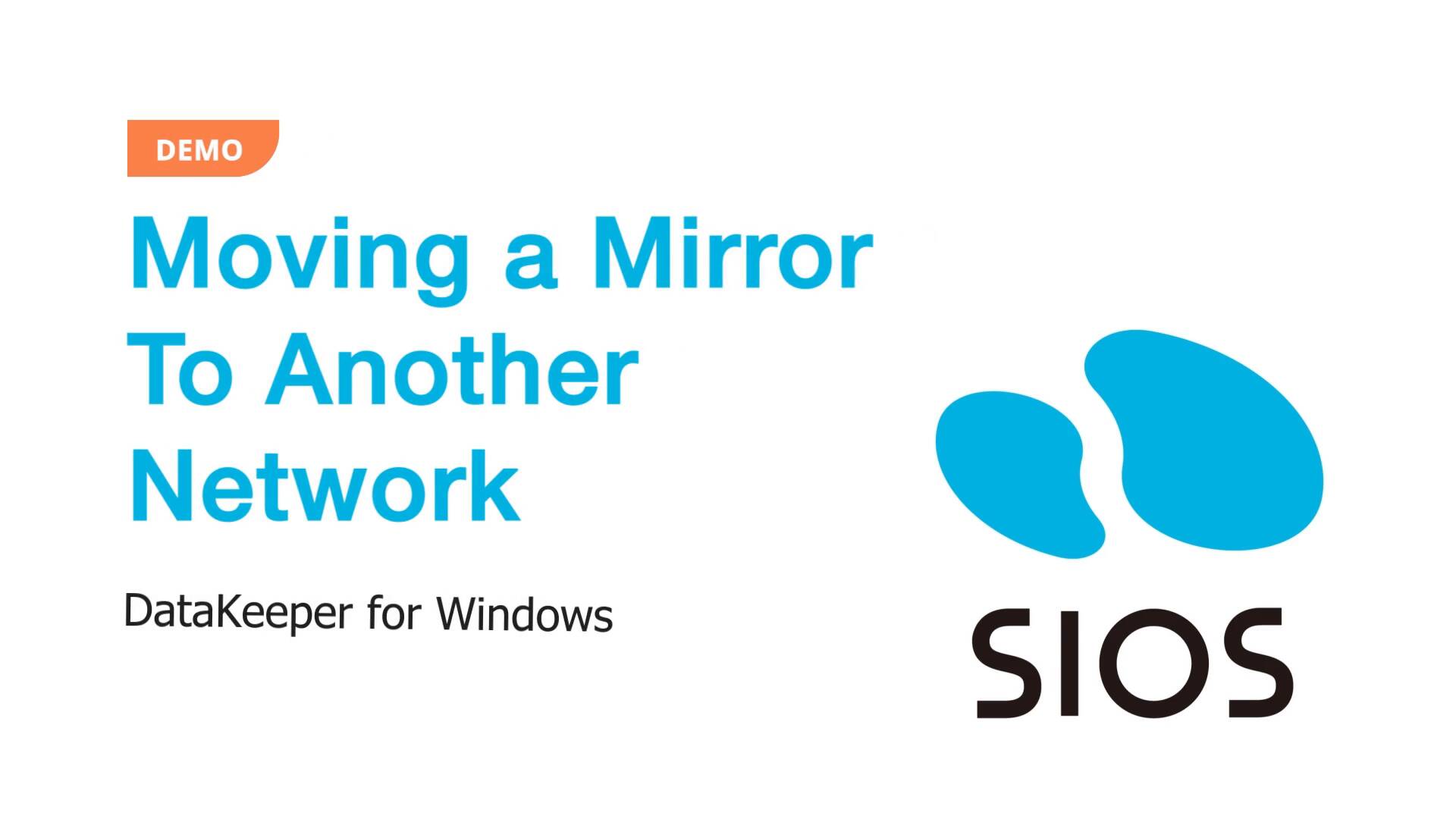| April 1, 2022 |
How to Relocate a Bitmap to Ephemeral Storage or a Faster (SSD) Drive
How to Relocate a Bitmap to Ephemeral Storage or a Faster (SSD) DriveIn this 6 minute video, Greg Tucker, SIOS Senior Product (Windows) Support Engineer will train you on
At the end you are directed to Customer Support contact info in the event you have further questions. How to Relocate a Bitmap to Ephemeral Storage or a Faster Drive | SIOS Reproduced with permission from SIOS |
| March 27, 2022 |
How To Resize a SIOS DataKeeper Volume or Mirror |
| March 23, 2022 |
How to Remove SIOS DataKeeper Storage from SIOS LifeKeeper |
| March 19, 2022 |
Improving Your Cloud Adoption Journey |
| March 14, 2022 |
How To Move A Mirror from One Network to Another
How To Move A Mirror from One Network to AnotherGreg Tucker, SIOS Senior Product (Windows) Support Engineer provides an 8-minute tutorial demonstrating how to move a mirror on a two-node system.
Upon completion of the tutorial Greg shares all SIOS Support contact info for further questions or inquiries. How To Move A Mirror from One Network to Another | SIOS Reproduced with permission from SIOS |

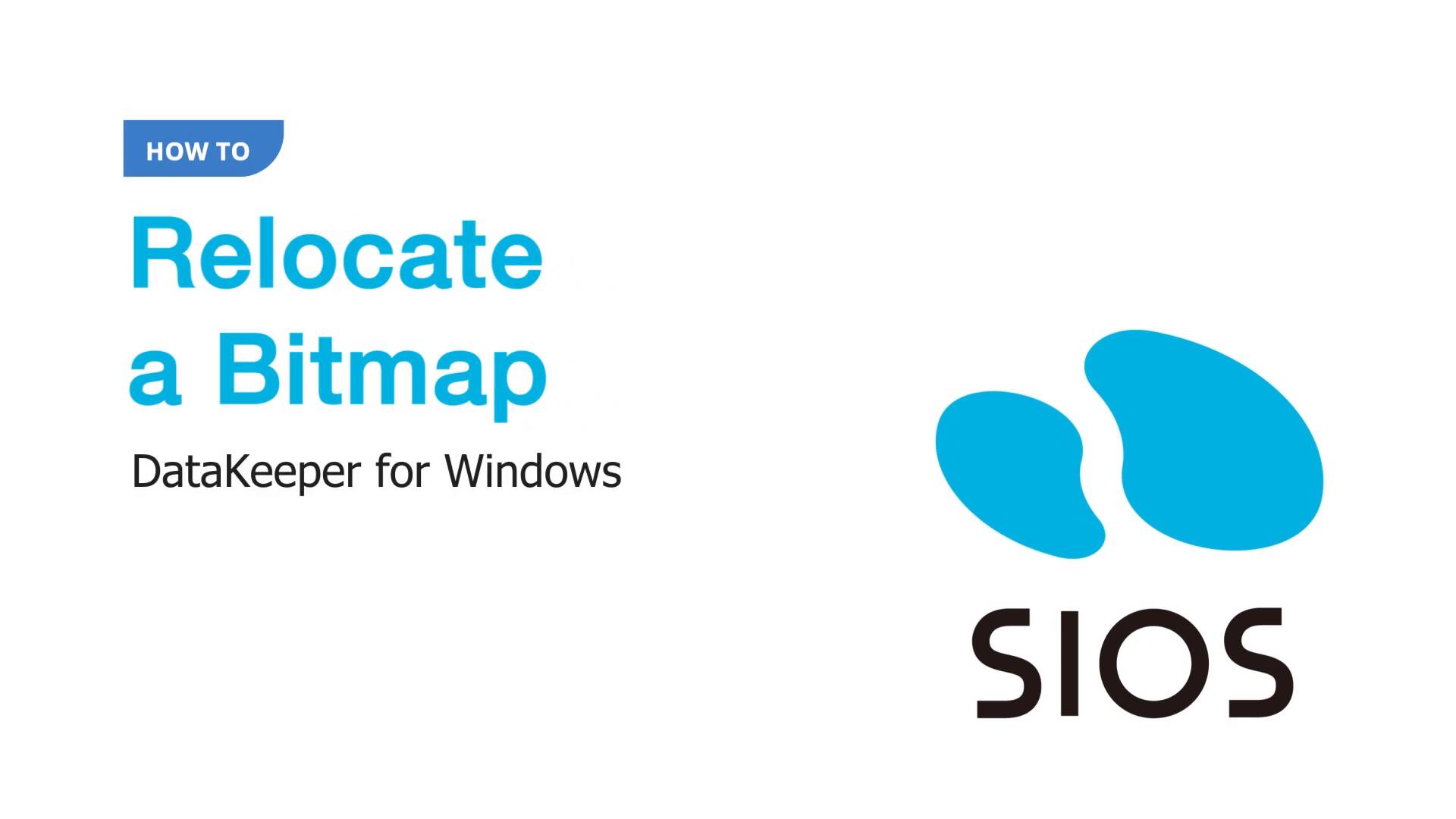

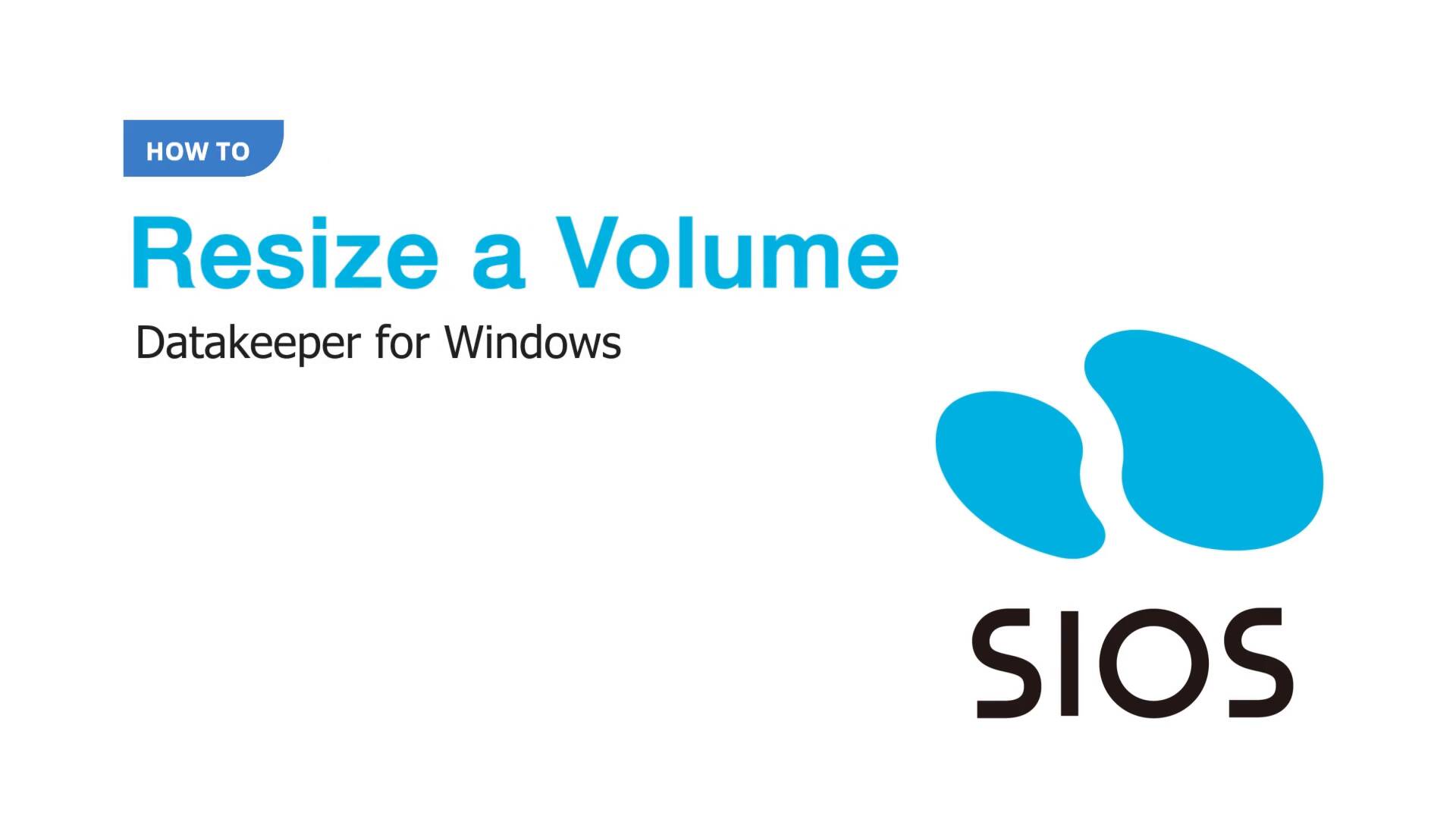

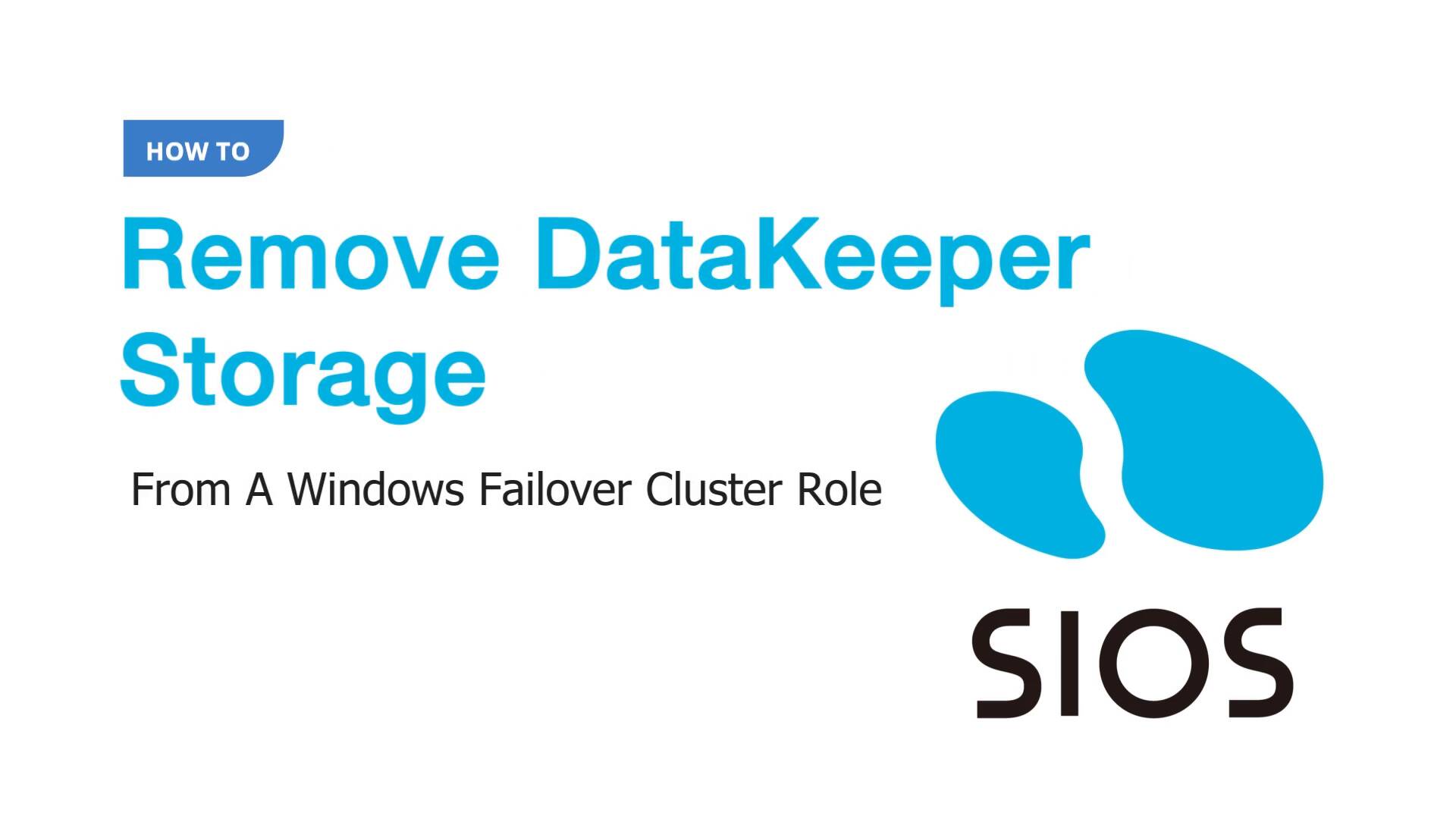

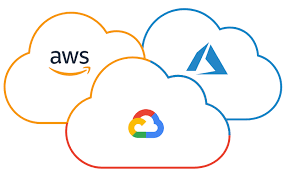 In some way or another the world changing events of 2020 and 2021 have reshaped nearly everything that we knew, and high availability was no exception as many companies fast tracked their cloud adoption journey. Despite closures and restrictions, many IT teams traded on-prem data centers for the cloud. Many are asking, ‘Now what? Here are five things to do to fix your cloud journey in 2022.
In some way or another the world changing events of 2020 and 2021 have reshaped nearly everything that we knew, and high availability was no exception as many companies fast tracked their cloud adoption journey. Despite closures and restrictions, many IT teams traded on-prem data centers for the cloud. Many are asking, ‘Now what? Here are five things to do to fix your cloud journey in 2022.
